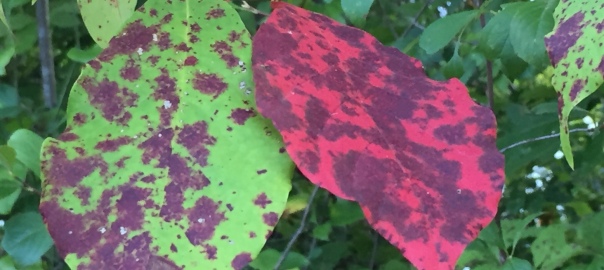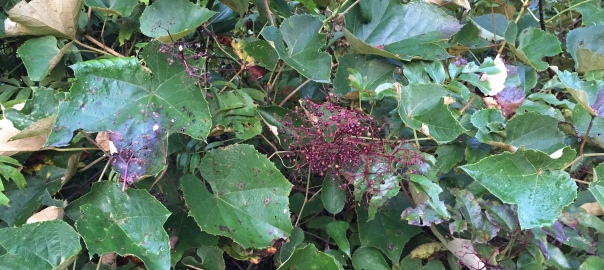I don't remember ever having a piggy bank as a child. I did have a small porcelain bowl in the corner of a kitchen drawer. Once a week I received a nickel to put in that bowl. Time passed, and all those nickels were jammed in a red leather, heart-shaped, change purse. It closed with a zipper. In the summer just before I turned five, I was clutching that beloved red heart change purse in my hand as we clamored over huge glaciated boulders on one of the 1000 Islands in the Saint Lawrence River between Ontario, Canada and upstate New York. In an instant I lost my grip on that purse as it slid through the deep and narrow space between two boulders. Maybe I've always loved the combination of oversized rock and powerful water because once I unexpectedly deposited my treasure there.
Many fall seed pods remind me of that overstuffed red heart change purse of long ago, my version of a piggy bank. Split-open pods reveal an abundance of seeds, seemingly numberless like my nickels. Seed pods release a promise of growth over the horizon. They empty themselves in an utter act of generosity, spewing out every seed in their packed treasure trove. There's no concern for a prudent, guaranteed investment; seeds are not saved for another day. Instead they are given over to the wind for a wild ride. Milkweed seeds like these of the orange milkweed require winter's cold to stratify before the chance they might take root and rise up to nourish next year's monarch caterpillars. The abundant and generous give-away of one autumn will be repeated the next year. How do they trust that what they grow to offer will be renewed? Can you and I trust a similar movement in our lives?









